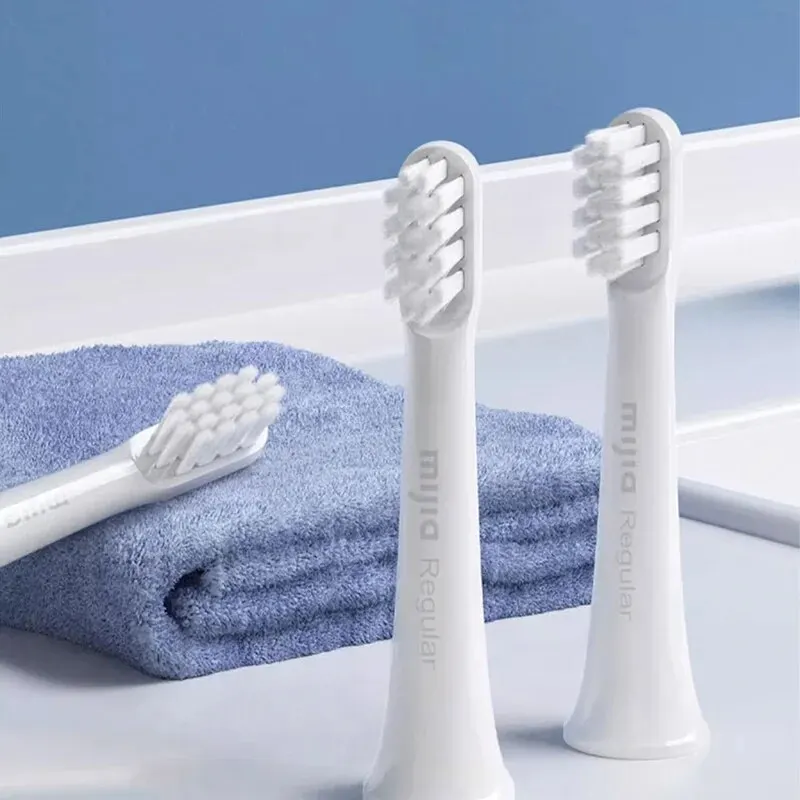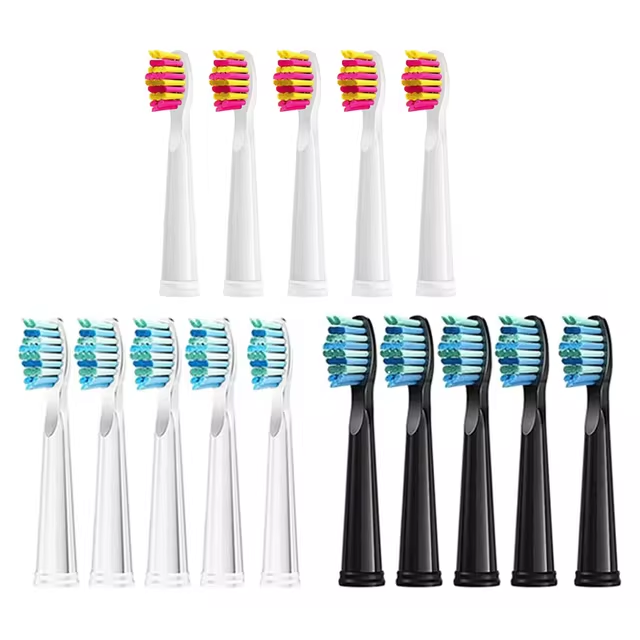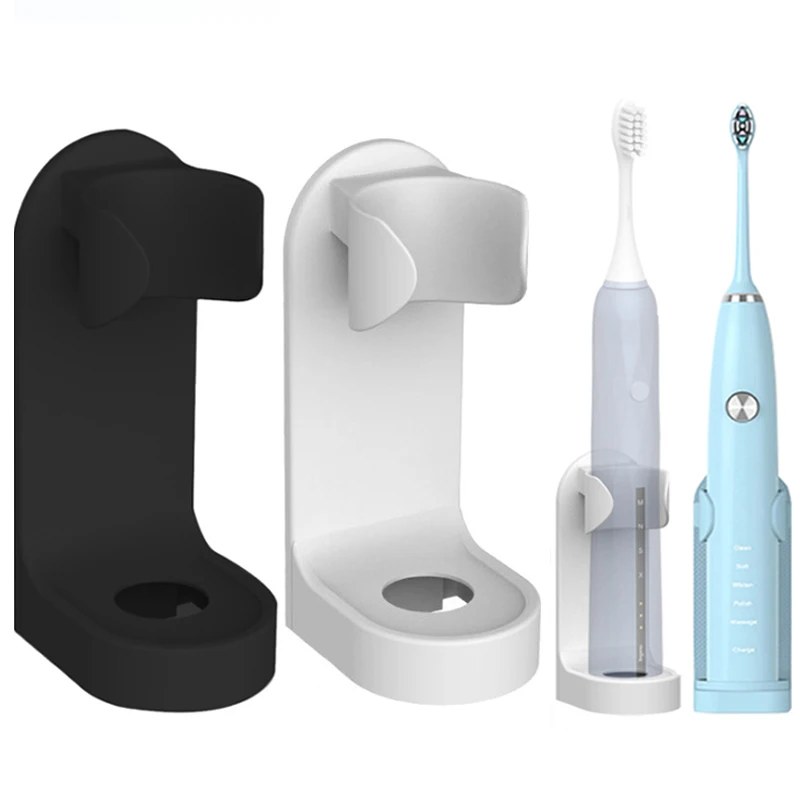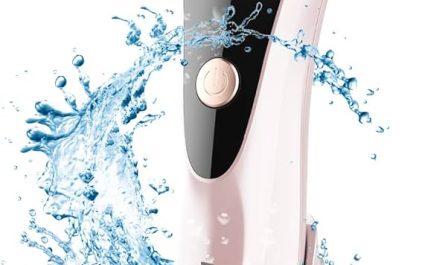When was the electric toothbrush invented? The story of the electric toothbrush begins after World War II, in the realm of dental care and technology. Looking for a solution to improve oral hygiene standards, dental professionals and engineers collaborated to create an innovative device that would revolutionize the way people cared for their teeth.
Early Concepts and Development
Initial patents and designs
When was the electric toothbrush invented? The journey of the electric toothbrush began with its first patents. Inventors envisioned a device that could improve oral hygiene effortlessly. In the mid-20th century, the initial patents showcased designs that were revolutionary for their time. These designs laid the groundwork for what would become a staple in personal care.

Technological challenges and innovations
Developing the electric toothbrush was not without hurdles. Early inventors faced numerous technological challenges. The primary issues included creating a motor small enough to fit in a handheld device while still being powerful enough to clean effectively. Battery life was another significant challenge, as early models could not hold a charge for long. Over time, innovations in battery technology and motor efficiency helped overcome these challenges, enabling the electric toothbrush to evolve into the effective tool it is today.
The First Electric Toothbrush
After initial patents and designs carved the path, the electric toothbrush finally entered the market. Although pinpointing exactly when was the electric toothbrush invented can be complex due to the various patents, the consensus is that it gained public attention in the mid-20th century. It was an era that embraced innovation, and the electric toothbrush was a symbol of modern convenience in personal care.
Introduction in the market
The early electric toothbrush took oral hygiene by storm when it was first introduced. They promised a new level of efficiency and ease in tooth brushing, a routine that many found mundane. Consumers were curious about the technology, and there was a buzz around how it could change daily dental care practices.
Features and functionality
The first models boasted basic features that were groundbreaking for the time. They had a motorized brush head that oscillated at high speeds, purported to remove more plaque than manual brushing could. Although limited by battery life and motor size, these features laid the foundation for future enhancements that would continuously improve the electric toothbrush’s functionality.
Evolution Through the Decades
The electric toothbrush has undergone numerous adaptations since its introduction. Each decade brought advancements that made these devices more efficient, ergonomic, and user-friendly.
Enhancements in brush technology
As years passed, brush technology saw significant upgrades. Early models had a single brush head motion, but newer versions introduced multiple modes of action. Developers focused on bristle materials, shape, and movement patterns. These enhancements helped electric toothbrushes clean more thoroughly, reaching between teeth and along the gum line with precision. Engineers also worked on improving the durability of the brush heads, ensuring they lasted longer without sacrificing performance.
Integration of digital technology
The integration of digital technology marked a pivotal shift in how we use electric toothbrushes. Smart features, such as pressure sensors and timers, became commonplace. Some models now connect to apps, providing feedback on brushing habits and areas that need extra attention. These advancements aim to turn routine brushing into a personalized oral care experience. Coupled with improvements in battery technology, modern electric toothbrushes offer convenience and efficiency, far surpassing their predecessors.
 Major Manufacturers and Brands
Major Manufacturers and Brands
As the electric toothbrush market evolved, so did the number of manufacturers producing these innovative devices. Several brands have become leaders in the industry, each contributing unique features and technologies that have shaped the landscape of oral hygiene products.
Leading pioneers in electric toothbrush production
The pioneers in electric toothbrush production played pivotal roles in the commercial success and widespread adoption of these devices. Companies like Oral-B and Philips became household names because they were among the first to market electric toothbrushes globally. These manufacturers not only focused on the functionality but also invested heavily in research to enhance the effectiveness of their products. Their commitment has led to numerous patents and innovations that continue to influence the industry.
Competitive landscape over the years
The competitive landscape of electric toothbrush manufacturing has seen significant changes over the years. With the introduction of advanced technology and design, new players entered the market, intensifying competition. Established brands had to continuously innovate to maintain their market share. This competition has resulted in a wide array of options for consumers, ranging from basic models to high-end versions with smart capabilities. Each brand strives to offer something unique, whether it’s longer battery life, more efficient brushing modes, or integration with digital health tools.
Impact on Oral Health
The electric toothbrush has not only been an innovation in personal care technology, but it has also had a profound impact on oral health. Studies have consistently shown that electric toothbrushes can lead to better oral hygiene when compared to manual brushing. Their ability to reduce plaque and gingivitis has been a notable benefit. This is primarily due to the precision and efficiency of the motorized brushing actions.
Studies and research outcomes
Numerous studies have investigated the effectiveness of electric toothbrushes. Research outcomes have revealed that users of electric toothbrushes often have lower plaque scores and improved gum health. One significant study published in the Journal of the American Dental Association found that over a period of three months, electric toothbrush users saw a 21 percent reduction in plaque and an 11 percent reduction in gingivitis. These results have been echoed by other research, bolstering the argument for their adoption in daily oral care routines.
Dentist recommendations and adoption
Dentists have consistently recommended the use of electric toothbrushes to patients. The adoption of these devices has been encouraged because of their proven benefits in maintaining oral health. Many dental professionals have noted that electric toothbrushes help patients brush more effectively, especially those with limited manual dexterity. Dentists affirm that the consistent use of electric toothbrushes, along with proper technique, can enhance overall dental health and reduce the risk of oral diseases.
 The Future of Electric Toothbrushes
The Future of Electric Toothbrushes
As the timeline of the electric toothbrush unfolds, we now look towards futuristic innovations that promise to further revolutionize oral hygiene.
Emerging technologies
The forefront of emerging technologies in electric toothbrushes is truly exciting. Innovators are focusing on AI integration to personalize brushing experiences. Imagine a toothbrush that adjusts its motion based on the areas of your mouth that need more attention, guided by artificial intelligence. Moreover, advancements in sensor technology are making toothbrushes smarter. These sensors can detect brushing patterns and suggest improvements,
Predictions and trends in oral hygiene
Predicting future trends, it’s likely that electric toothbrushes will become even more connected and user-friendly. Integration with mobile health apps and cloud data could provide users with real-time feedback on their oral health. Additionally, eco-friendly advancements are expected as sustainability becomes a more prominent concern. Biodegradable materials and longer-lasting batteries could dominate future designs, reducing environmental impact while enhancing user convenience. The commitment to innovation suggests a bright future for the role of electric toothbrushes in daily oral care.
Conclusion: When was the electric toothbrush invented?
The journey of electric toothbrushes reflects advancements in technology, awareness of oral hygiene, and the commitment to improving health outcomes. The widespread consumer acceptance, alongside innovations such as smart technology and sustainable manufacturing, highlights the significance of this invention in promoting healthier lives. As research continues to unveil the benefits of electric toothbrushes, these devices will undoubtedly play an invaluable role in shaping the future of oral care.

